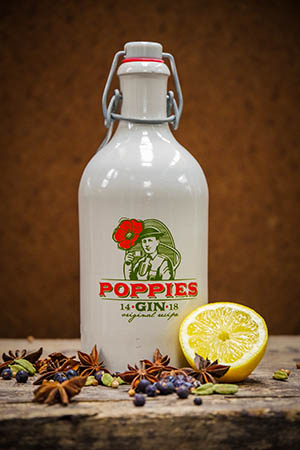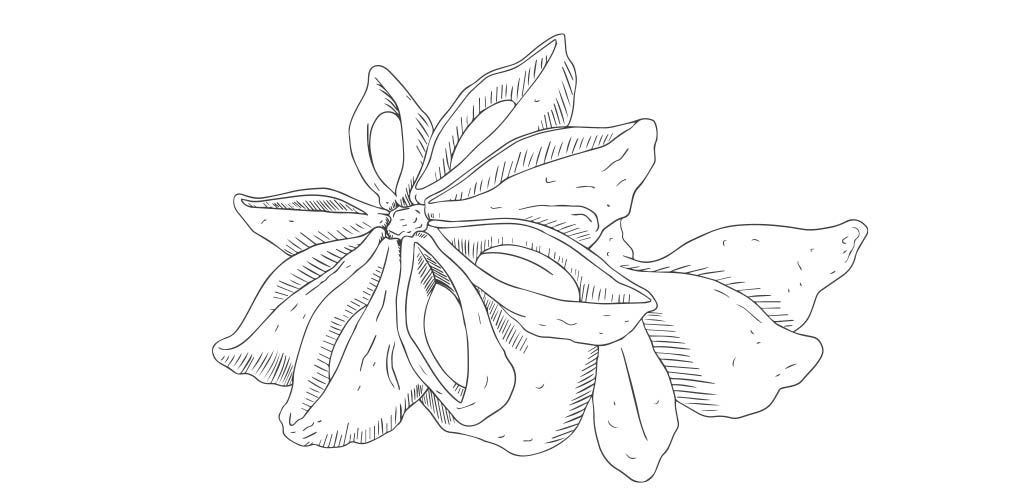In tribute to those who fought.
During the First World War, Charles Rubbens distilled fine Flemish ‘gin’ in his famous distillery. This exceptional spirit was made with only outstanding grains. The characteristic flavour was the result of a refined balanced blend of selected spices disclosed to him by a British soldier. The recipe is still kept secretly safe by the Rubbens family and it’s descendant master-distillers. Now named ‘Poppies Gin’ in tribute to those who fought, this gin was a beloved delight enjoyed behind the frontlines by British soldiers and their officers. It gave them strength and courage, and let the forget for a moment the hard and cruel war….
To you, the respectful gin-lover, the master-distillers of Rubbens will disclose some of the selected spices that create the body of this beloved traditional gin.

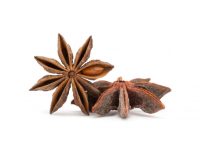
Star Anise
Illicium verum is a medium-sized evergreen tree native to northeast Vietnam and southwest China. A spice commonly called star anise, staranise, star anise seed, Chinese star anise, or badian that closely resembles anise in flavor is obtained from the star-shaped pericarps of the fruit of Illicium verum which are harvested just before ripening.
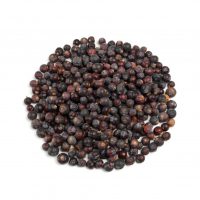
Juniper Berries
A juniper berry is the female seed cone produced by the various species of junipers. It is not a true berry but a cone with unusually fleshy and merged scales, which gives it a berry-like appearance. The cones from a handful of species, especially Juniperus communis, are used as a spice, particularly in European cuisine, and also give gin its distinctive flavour. Juniper berries may be the only spice derived from conifers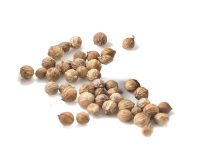
Coriander
Cardamom (/ˌkɒriˈændər, ˈkɒriændər/;[1] Coriandrum sativum) is an annual herb in the family Apiaceae. It is also known as Chinese parsley, and in the United States the stems and leaves are usually called cilantro (/sɪˈlæntroʊ, -ˈlɑːn-/).[2] All parts of the plant are edible, but the fresh leaves and the dried seeds (as a spice) are the parts most traditionally used in cooking.
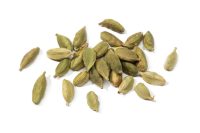
Cardamom
Cardamom (/ˈkɑːrdəməm/), is a spice made from the seeds of several plants in the genera Elettaria and Amomum in the family Zingiberaceae. Both genera are native to the Indian subcontinent and Indonesia. They are recognized by their small seed pods: triangular in cross-section and spindle-shaped, with a thin, papery outer shell and small, black seeds; Elettaria pods are light green and smaller, while Amomum pods are larger and dark brown.
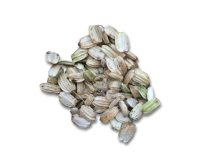
Angelica
Angelica is a genus of about 60 species of tall biennial and perennial herbs in the family Apiaceae, native to temperate and subarctic regions of the Northern Hemisphere, reaching as far north as Iceland, Lapland and Greenland They grow to 1–3 m (3 ft 3 in–9 ft 10 in) tall, with large bipinnate leaves and large compound umbels of white or greenish-white flowers. Found mainly in China, its main use was for medicine. It shows variations in fruit anatomy, leaf morphology and subterranean structures.
Serving Tips
To enjoy this authentic gin-ever we can share you these serving tips to experience the best possible opportunity to discover all the flavours hidden of this traditional recipe:
- Take a chilled balloon glass and add a large ice ball.
- Pour in 4,5 cl. of gin. Then pour 12.5 cl. tonic through the bar spoon into the glass. By using the bar spoon, your gin-tonic will stay nice and bubbly.
- Finishing is easy. Poppies Gin doesn’t need more than a few juniper berries and a star anise to shine.
A true fan can always add some poppy leaves which are edible as well.
